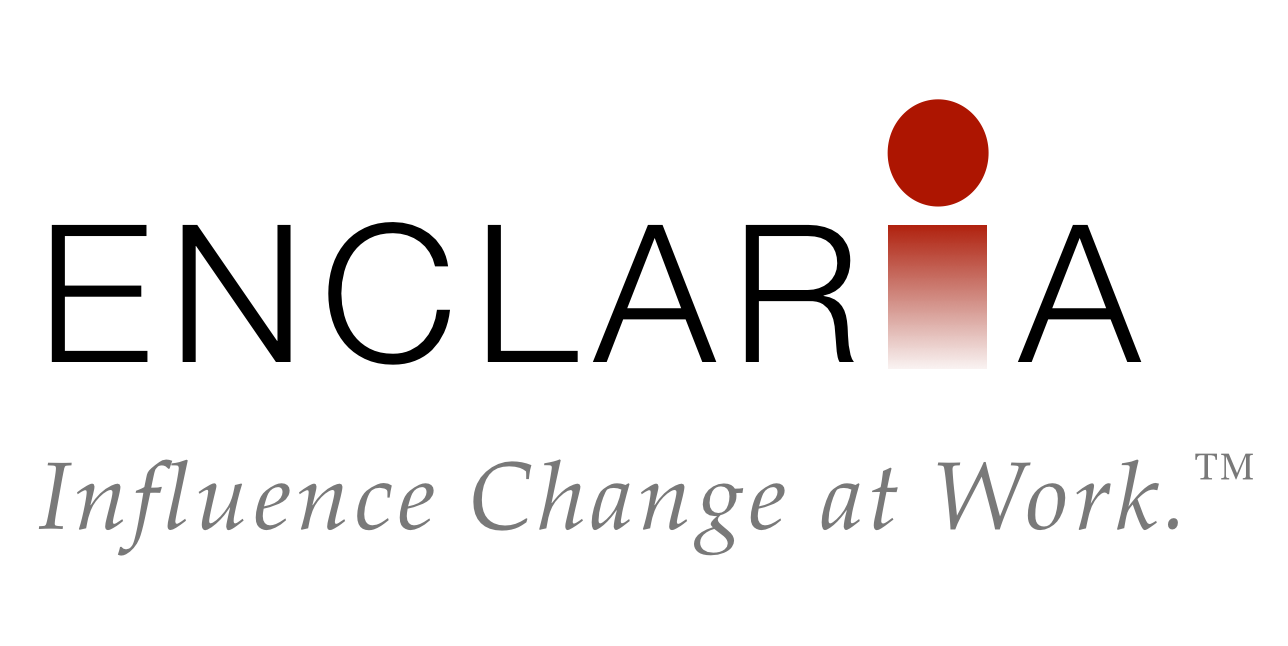This past weekend, I chaired a meeting of Organization Change Alliance, a local group of change practitioners which hosts presentations every month in Atlanta. The speaker was Jackie Sherman, and the topic was “Working With the Brain in Mind.” (I also interviewed Jackie on The Change Agent’s Dilemma last year.)
One of the key takeaways was that our brains are wired to process threats automatically. When you feel threatened, your “flight, fight or freeze” response is triggered, and the thinking part of your brain ceases to work in that mode. Jackie listed 5 perceived threats that are especially related to change in the workplace, with the acronym “SCARF,” which she attributed to the work of David Rock.
S – Status – Anything that lowers our perceived status is a threat.
C – Certainty – We want to know what is going to happen. We automatically fill in the gaps with negative predictions.
A – Autonomy – We need to feel in control of what’s happening to us.
R – Relatedness – Feeling isolated or shunned is a threat. We also avoid people we don’t know well.
F – Fairness – Anything that increases our sense of unfairness feels threatening.
The implications to organizational change are enormous. Consider the stress induced by these common occurrences:
- Being moved to a smaller office, having a co-worker promoted above you, or being asked to reduce your budget
- Hearing about a new change without knowing how it will affect you personally
- Being given a new process or system without having any input or choice
- Being expected to act against peer pressure
- Believing that others are held to different expectations or allowed to get away with things that you would not.
Consider the change you are implementing in your organization. In what ways is the change creating these threats or the perception of these threats? How might you minimize the threat or the perception?
